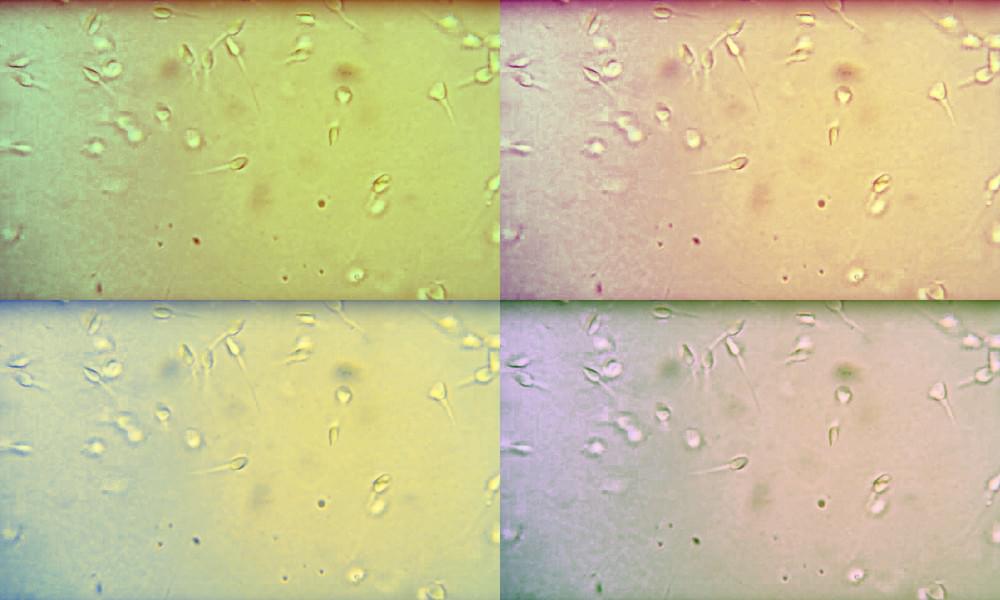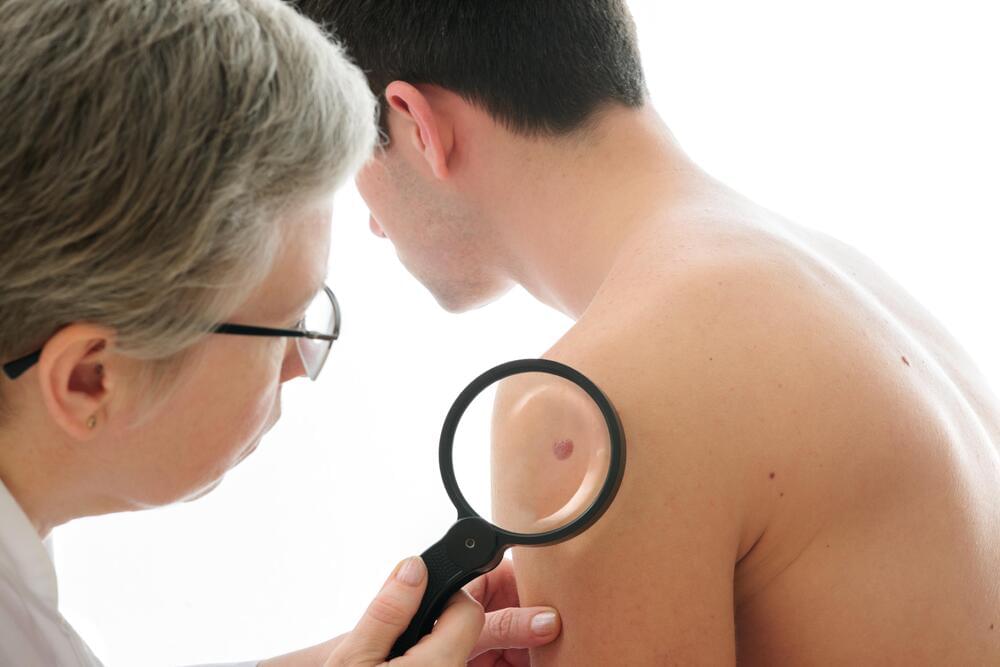Think of all the information we get based on how an object interacts with wavelengths of light — a.k.a. color. Color can tell us if food is safe to eat or if a piece of metal is hot. Color is an important diagnostic tool in medicine, helping practitioners diagnose diseased tissue, inflammation, or problems in blood flow.
Companies have invested heavily to improve color in digital imaging, but wavelength is just one property of light. Polarization — how the electric field oscillates as light propagates — is also rich with information, but polarization imaging remains mostly confined to table-top laboratory settings, relying on traditional optics such as waveplates and polarizers on bulky rotational mounts.






